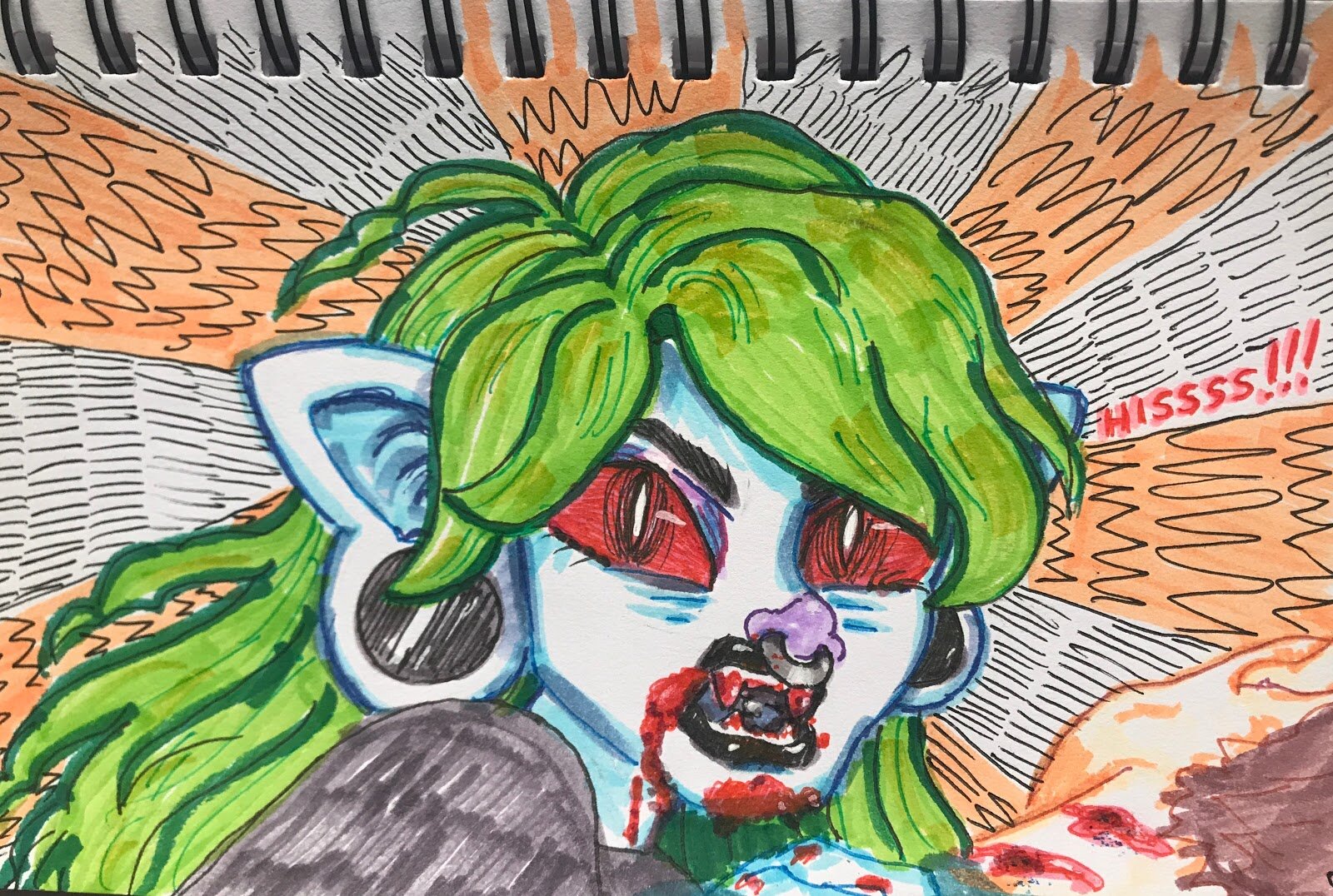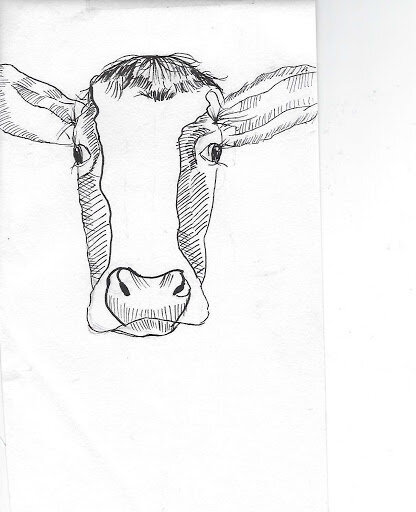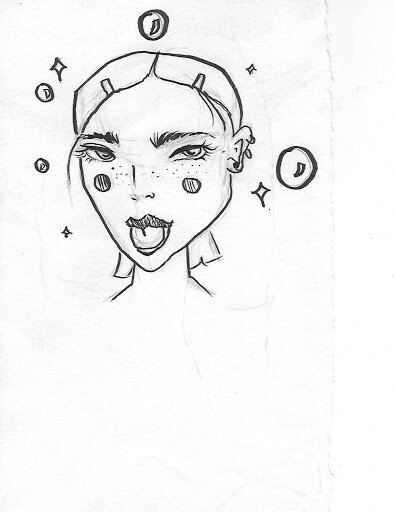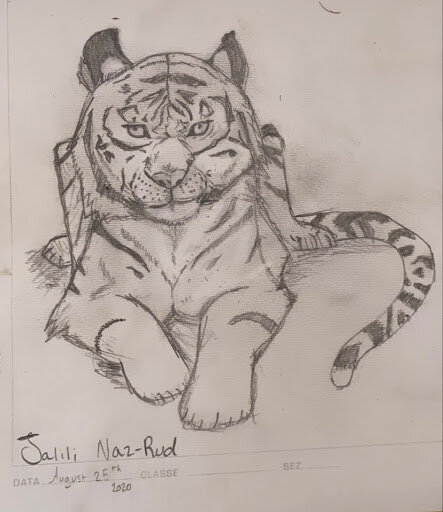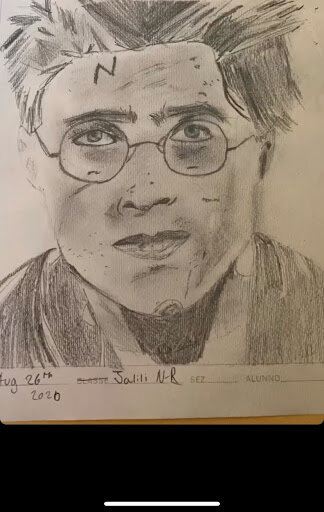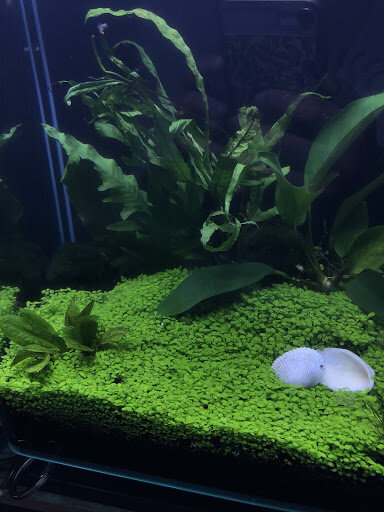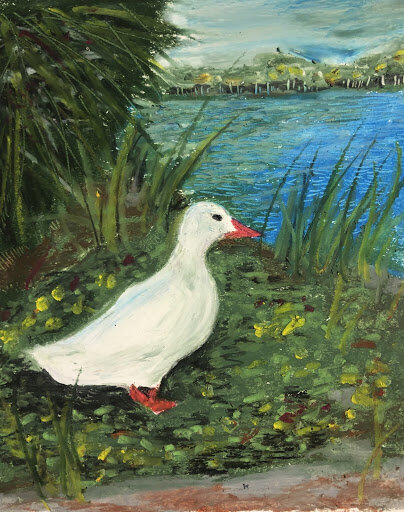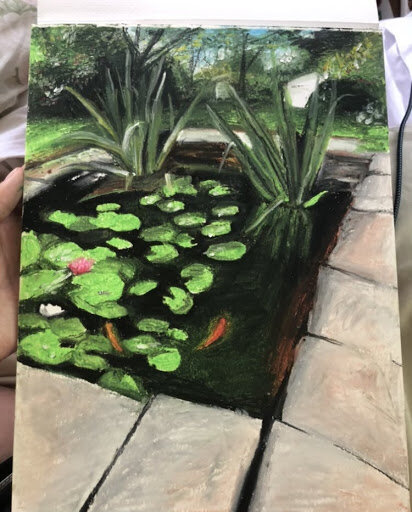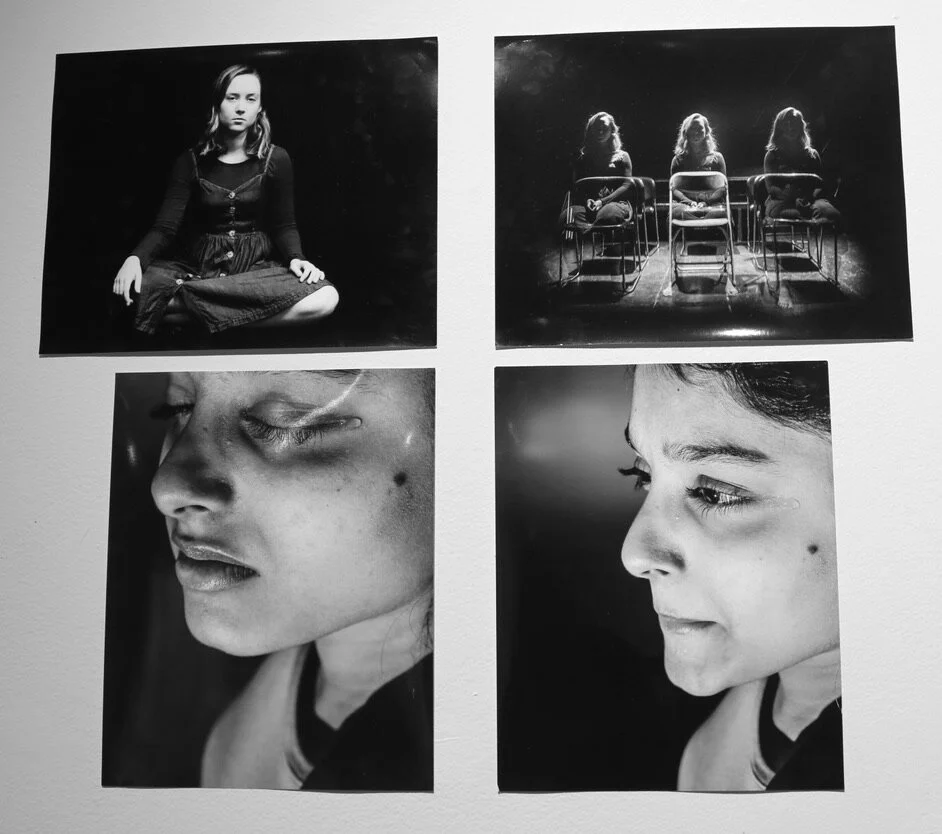By Rebecca Gangon ’23
American artist Bisa Butlers’ 2019 quilt ‘Broom Jumpers’ was displayed in Mount Holyoke’s art museum in March, drawing substantial interest from the College community. Butler gave a talk at Mount Holyoke on March 5, during which she talked about her past and what inspired her to be an artist.
Butler graduated from Howard University with her bachelor’s degree in fine art before pursuing a master’s degree. While in college, she took a fiber art class and fell in love with the medium. She taught art at her old high school and, while doing so, continued creating her own pieces. In 2018, Butler became a full-time artist and has been creating pieces ever since. Since 2003, her artwork has been in group and solo presentations.
“As an artist or people who love art, you don’t have a set path,” Butler said. “A career in the arts is very passionate. If you have the stamina that supports you to have a career in the arts, it is not something that you are going to regret later. It might take you longer to get there but it is worthwhile..”
Butler continued about how she chose what kind of quilts to make and fabrics to use. “I was starting to think of my identity as a black woman,” Butler said. “My father was from Ghana, West Africa, so that is one half of my background. My mother grew up in Morocco but now lives in New Orleans, Louisiana, so I have an interesting cultural mix between the African side of my father’s family and my mother’s family.”
“My father’s father died of appendicitis. They lived in the country and they didn’t have money, so if you had appendicitis you were going to die,” Butler revealed. “That death had catastrophic effects on my father’s life.”
Butler’s father grew up without his father. Due to this loss, his family had to split up and grew apart from each other. Butler reveals that there is only one picture of her father’s side of the family, taken before they split up. Her father, by an anonymous donation from someone in his village who thought he was bright, was able to go to Catholic school. Butlers’ father eventually became a college president and continued to tell her that, if she worked hard, she could do anything.
“I made a portrait for my father when he retired and I used fabric from everyone in the family. I tried to get a little bit of everyone in that portrait,” Butler said. “He was so happy because that was the only picture he had of his family.” When observing the reference photo, Butler discovered that her grandmother had scarification on her skin. “Those were thought of as marks of beauty … where she is from,” Butler said. “That became an exploration of who this woman was that I never got to meet. I liked to look back to the past.”
Butler tries not to make quilts of well-known figures in Black History. “I feel like we need to recognize the regular folks,” she said. “I really pay attention to their face, their expression, their eyes, so that I can capture what they really look like.”
The name of the piece is an allusion to the practice of jumping the broom, a type of unofficial wedding ceremony done by slaves who were not legally allowed to be married. During these weddings, couples would jump together over a broom. Though it began as a forced practice, jumping the broom continues as a part of weddings in some African American communities.
Butler finished the talk by discussing the symbolism of the hat worn by the woman in the quilt. “They are a couple so she has the lovebirds on her hat,” Butler explained. “It is not just that though, it's the caged bird in ‘I know why the caged bird sings.’ It’s not just a title but what that means as caged bird syndrome in African people or anybody who has been oppressed.”






